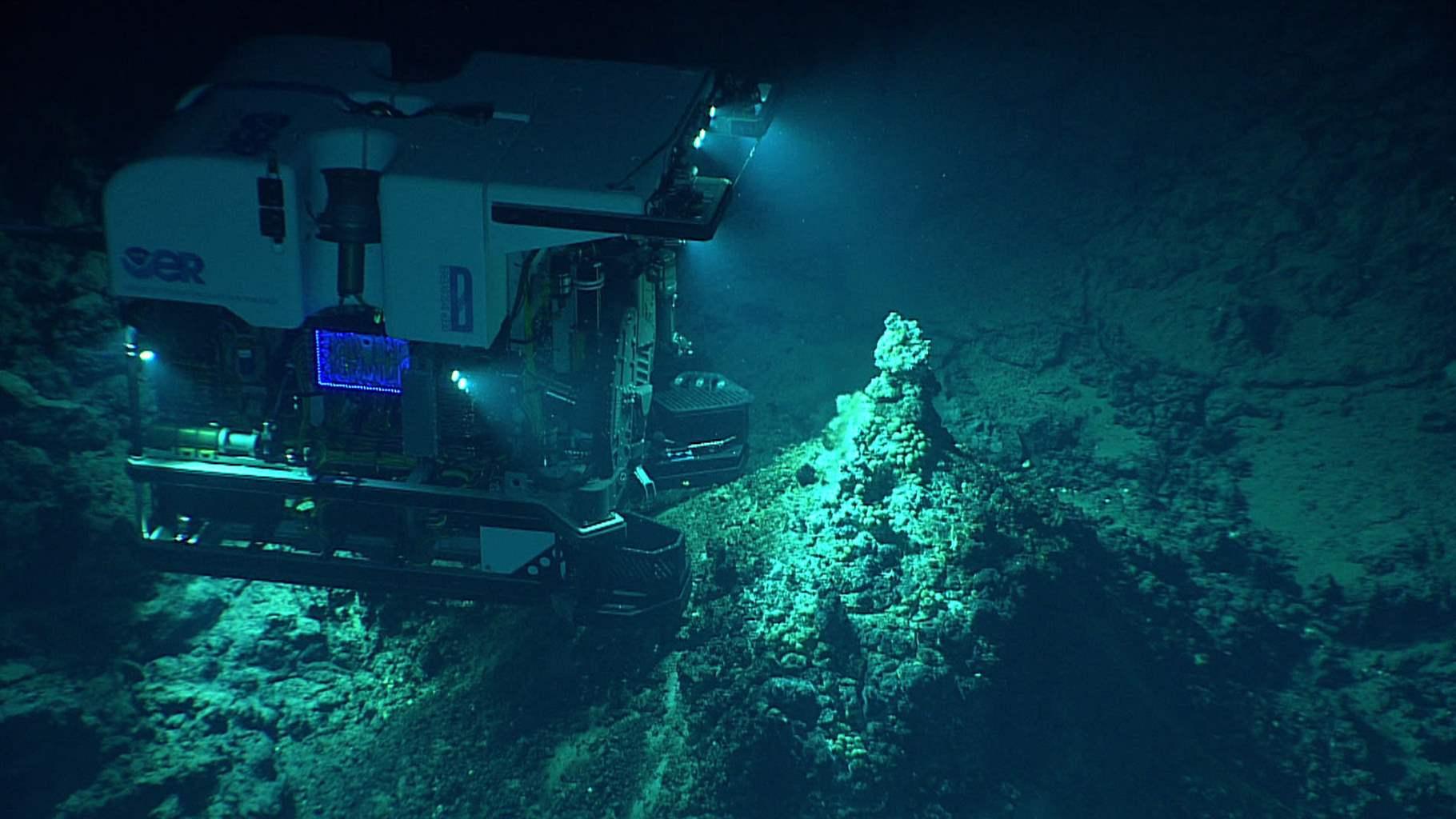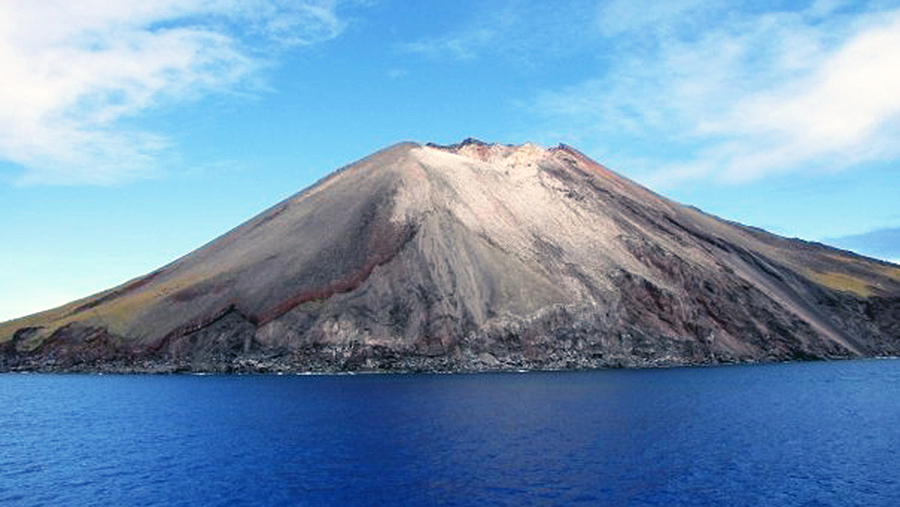Research Key to Boosting Benefits of Large Marine Protected Areas
Filling the knowledge gap should improve planning, design, implementation

Although much scientific study and planning is involved at every stage of creating large, remote, offshore marine protected areas (MPAs), even ocean science experts concede they have limited knowledge of these regions.
That’s because most MPA research has focused on small, coastal protected areas, which have existed for longer than their bigger, offshore cousins and are easier to monitor due to their proximity to shore. Some work has been done to extrapolate coastal research findings to remote MPAs, but it doesn’t offer a complete picture of what is happening in the larger regions. Achieving that understanding would require comprehensive research and reporting, which in turn should help governments, scientists, and conservationists design and implement large MPAs that deliver strong ecological outcomes.
To identify the gaps in large MPA research, the Pew Bertarelli Ocean Legacy Project worked with fisheries scientists Chris Smyth and Quentin Hanich from the University of Wollongong in Australia, who co-authored a paper, Large Scale Marine Protected Areas: Current status and consideration of socio-economic dimension, summarizing the research needed to inform the management and design of large MPAs. The paper examines protected areas from multiple perspectives and addresses concerns from stakeholders and governments in developed and developing states.
Where are the gaps?
The authors identify numerous broad areas where research could improve the design, creation, and management of large MPAs around the globe, including as they relate to fishing, migratory species, climate change, economics, traditional cultures and indigenous communities, governance, and international treaties. For example, the Papahānaumokuākea Marine National Monument in the Northwestern Hawaiian Islands was one of the first large MPAs to be implemented and was closed to all commercial fishing only in 2011—a relatively recent development.
But governments and stakeholders don’t yet know what effect that closure has had. What has been the effect on the fisheries that were displaced? Are they still able to meet their annual quotas, and are there costs involved with having to change where they fish? Have fish populations inside and outside the reserve boundaries changed? With several other large protected areas coming online and maturing around the world, research into many or all of these issues could help determine how large MPAs benefit ocean ecosystems and local communities. Using these knowledge gaps as a roadmap, the Ocean Legacy project will work with universities, other nonprofit organizations, and scientists to answer these questions. In fact, the Bertarelli Foundation’s Programme in Marine Scienceis already studying many of these issues in the British Indian Overseas Territory.
Looking ahead
This paper comes at an opportune time. The U.N. Convention on Biological Diversity will meet next year to set new global targets to protect biodiversity: The U.N. aims to safeguard 10 percent of the ocean by 2020. But as that deadline approaches, the organization has an opportunity to realign that goal with the recommendation from the International Union for Conservation of Nature (IUCN) to set aside at least 30 percent of the ocean in a network of highly protected MPAs by 2030. Accomplishing this will require creating an array of small to large protected areas that extend across every habitat, including coastal and offshore. It has been two decades since a landmark study in the journal Ecological Applications concluded that “without adequate protection of species and ecosystems outside reserves, effectiveness of reserves will be severely compromised.” That means that achieving a truly healthy ocean demands attention to sustainable fisheries management everywhere, not just in protected areas.
And where MPAs are created, they must amount to far more than lines on maps. Protected areas must be informed by science and managed with the best available practices to ensure that they meet international standards of protection, such as those developed by the IUCN. The areas also must be strategically planned and placed in order to protect critical habitats where marine life spawns, nurses, and feeds.
Angelo O’Connor Villagomez is a senior officer with The Pew Charitable Trusts’ Pew Bertarelli Ocean Legacy Project.












